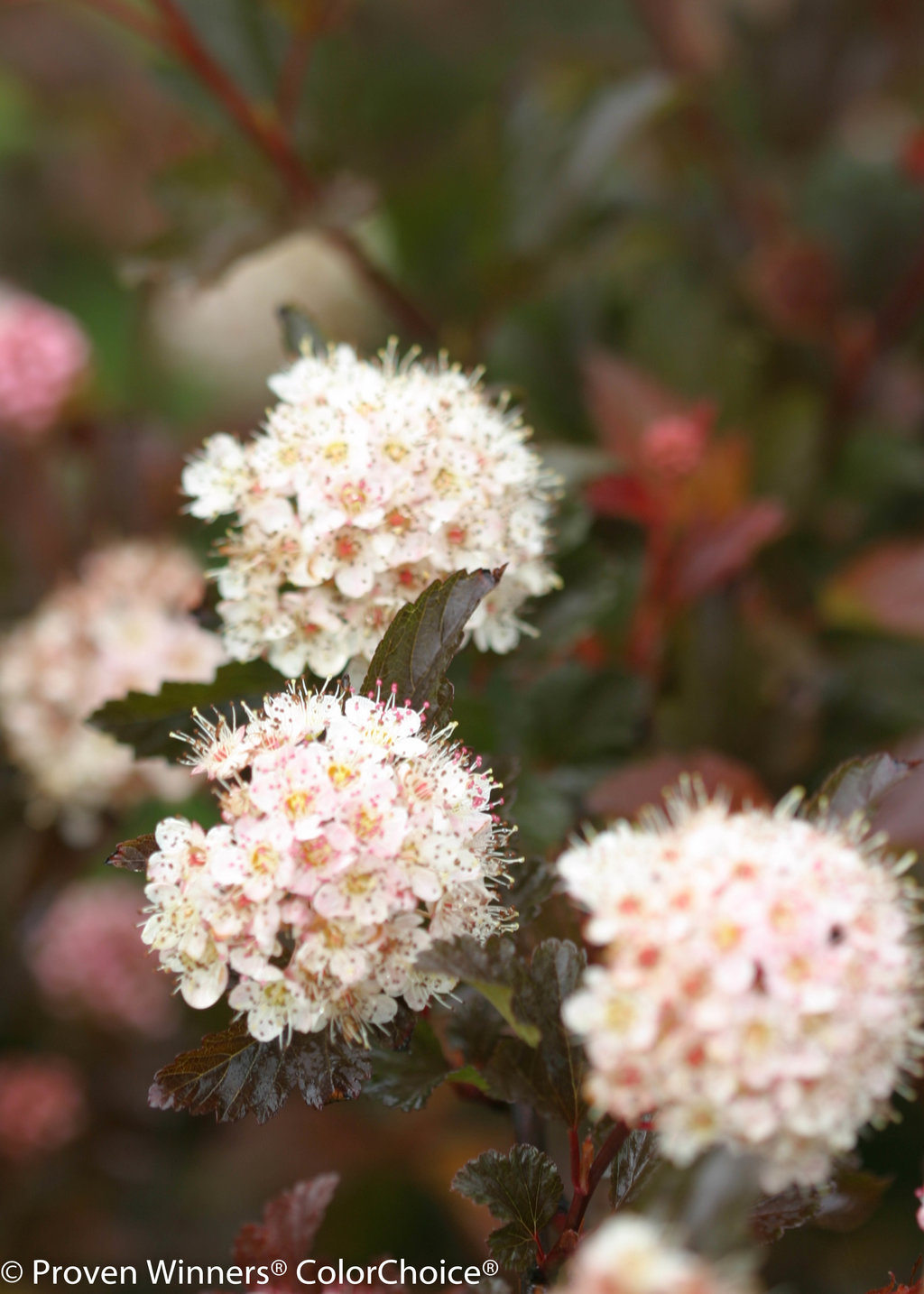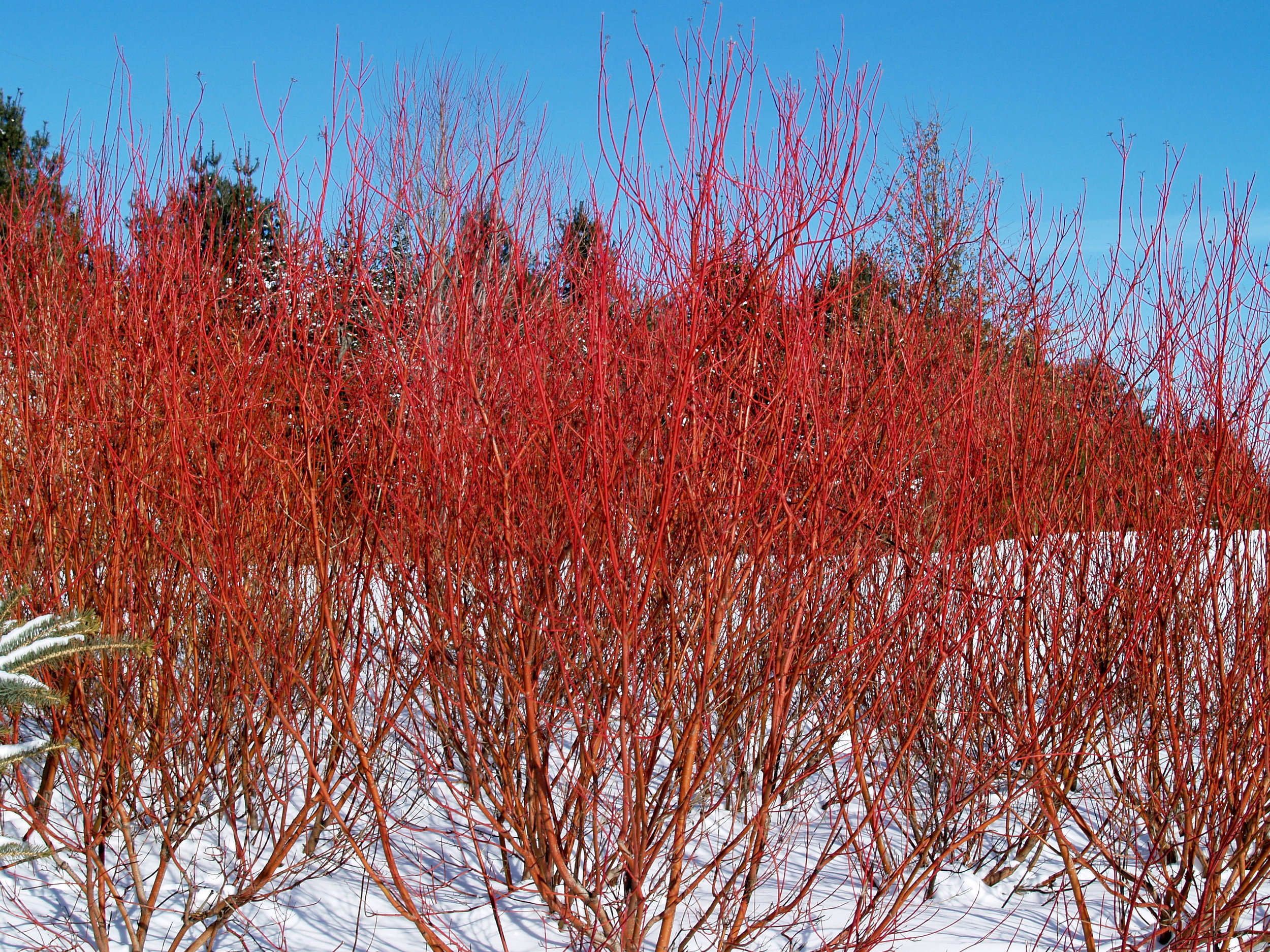Coppertina Ninebark: The Eyecatching Shrub That Will Brighten Up Your Garden
Coppertina ninebark is a beautiful and versatile shrub that can add a touch of brightness to any garden. It is known for its coppery-red foliage in spring, which matures to a deep burgundy in summer. In fall, the leaves turn a brilliant scarlet, providing a stunning display of color. Coppertina ninebark also produces clusters of white flowers in early summer.
Features
- Coppertina ninebark is a deciduous shrub that grows 6 to 8 feet tall and wide.
- It has an upright, spreading growth habit.
- The leaves are coppery-red in spring, maturing to deep burgundy in summer.
- In fall, the leaves turn a brilliant scarlet.
- Coppertina ninebark produces clusters of white flowers in early summer.
- The flowers are followed by red seed capsules.
- Coppertina ninebark is hardy in zones 3 to 8.
- It is drought-tolerant and deer-resistant.
- Coppertina ninebark is a low-maintenance shrub.
Benefits
- Coppertina ninebark is a beautiful and colorful shrub that can add a touch of brightness to any garden.
- It is hardy in a wide range of climates and is drought-tolerant.
- Coppertina ninebark is deer-resistant, making it a good choice for gardens in areas with deer populations.
- It is a low-maintenance shrub that requires little pruning.
- Coppertina ninebark can be used in a variety of landscape settings, including mass plantings, borders, and foundation plantings.
How to Grow
- Coppertina ninebark prefers full sun but can tolerate partial shade.
- It grows best in well-drained soil but is tolerant of a wide range of soil types.
- Coppertina ninebark is drought-tolerant once established.
- Water regularly during the first year after planting.
- Fertilize in spring with a balanced fertilizer.
- Prune Coppertina ninebark in late winter or early spring, just before new growth begins.
- Remove any dead, diseased, or damaged branches.
- You can also prune Coppertina ninebark to shape it or to control its size.
Coppertina Ninebark Care
- Coppertina ninebark is a low-maintenance shrub that requires little care.
- Water regularly during the first year after planting.
- Once established, Coppertina ninebark is drought-tolerant.
- Fertilize in spring with a balanced fertilizer.
- Prune in late winter or early spring, just before new growth begins.
- Remove any dead, diseased, or damaged branches.
- You can also prune Coppertina ninebark to shape it or to control its size.
Problems
- Coppertina ninebark is generally a pest- and disease-free shrub.
- However, it is susceptible to powdery mildew.
- Powdery mildew can be treated with a fungicide.
- Coppertina ninebark can also be susceptible to borers.
- Borers can be treated with an insecticide.
Overall
Coppertina ninebark is a beautiful and versatile shrub that can add a touch of brightness to any garden. It is hardy in a wide range of climates, drought-tolerant, and deer-resistant. Coppertina ninebark is a low-maintenance shrub that requires little pruning. It can be used in a variety of landscape settings, including mass plantings, borders, and foundation plantings.
Coppertina ninebark is a beautiful and versatile shrub that can add color and interest to your landscape. It has coppery-red foliage in spring that turns to scarlet in fall, and it produces clusters of white flowers in early summer. Coppertina ninebark is hardy in zones 3-8 and can grow in full sun to partial shade. It is not fussy about soil type and is drought-tolerant once established.
If you are looking for a low-maintenance shrub with stunning fall color, coppertina ninebark is a great choice. For more information about this plant, please visit Garden Wiki.
FAQ of coppertina ninebark
- Q: What are the growing conditions for Coppertina ninebark? A: Coppertina ninebark is a hardy shrub that can tolerate a wide range of conditions, but it grows best in full sun and well-drained soil. It is not particularly fussy about soil pH, but it does prefer slightly acidic soil.
- Q: How much water does Coppertina ninebark need? A: Coppertina ninebark is drought-tolerant once it is established, but it will need regular watering during its first year in the ground. Once it is established, you can water it deeply once a week during the summer months.
- Q: When should I prune Coppertina ninebark? A: The best time to prune Coppertina ninebark is immediately after it blooms in midsummer. This will help to promote new growth and prevent the shrub from becoming untidy. You can also prune it lightly in the spring to remove any dead or damaged branches.
- Q: How do I prevent pests and diseases on Coppertina ninebark? A: Coppertina ninebark is generally resistant to pests and diseases, but it can be susceptible to powdery mildew if it is planted in humid conditions. To prevent powdery mildew, you can water the leaves of the shrub in the morning so that they have time to dry before nightfall. You can also apply a fungicide to the leaves as a preventative measure.
- Q: How can I propagate Coppertina ninebark? A: Coppertina ninebark can be propagated by taking softwood cuttings in the spring or summer. To take a softwood cutting, simply cut a 4-6 inch piece of new growth from the shrub. Remove the bottom leaves from the cutting and dip it in rooting hormone. Plant the cutting in a well-draining potting mix and keep it moist. The cutting should root in about 4-6 weeks.
Image of coppertina ninebark
5 different images of "coppertina ninebark" from Pinterest:
- Image 1: A full grown Coppertina ninebark shrub in full bloom. The flowers are a bright coppery-red color and are arranged in clusters. The leaves are dark green and have a serrated edge.

- Image 2: A close-up of the flowers of Coppertina ninebark. The flowers are small but very showy. They have a five-petaled star shape and are slightly cupped.
- Image 3: A Coppertina ninebark shrub in fall. The leaves have turned a brilliant orange-red color. The flowers are no longer in bloom.

- Image 4: A Coppertina ninebark shrub in winter. The leaves have fallen off, but the stems are still a vibrant red color.
- Image 5: A Coppertina ninebark shrub planted in a garden setting. The shrub is surrounded by other plants, including hostas, daylilies, and coneflowers.


Post a Comment for "Coppertina Ninebark: The Eyecatching Shrub That Will Brighten Up Your Garden"